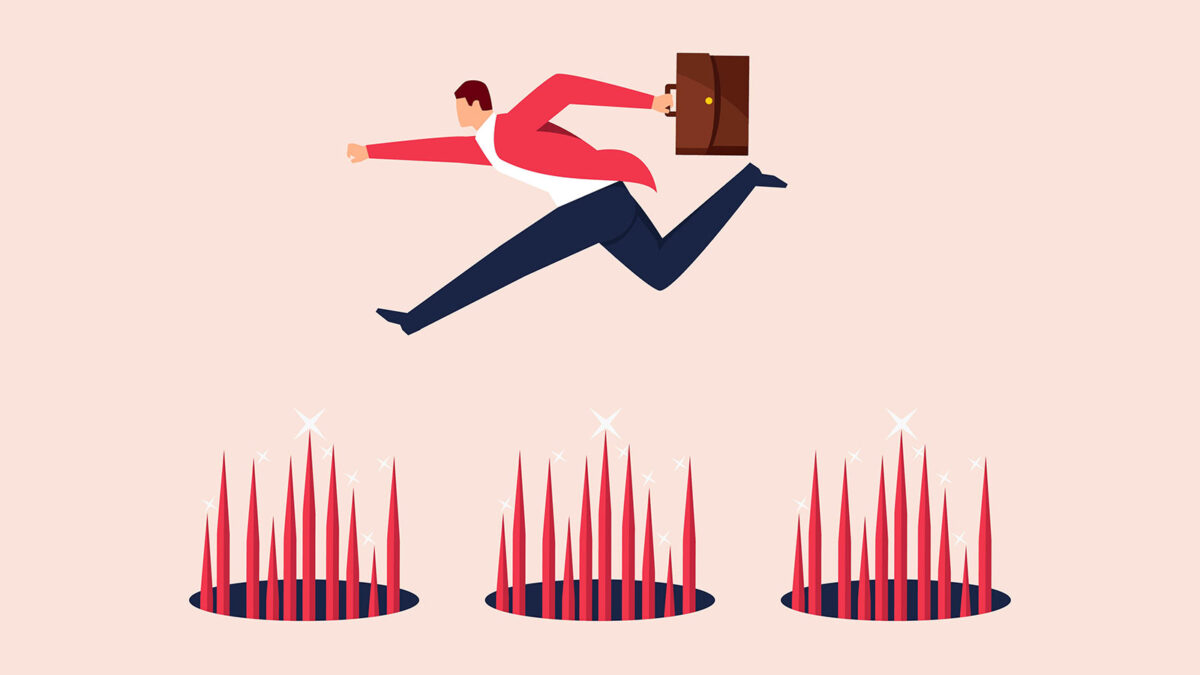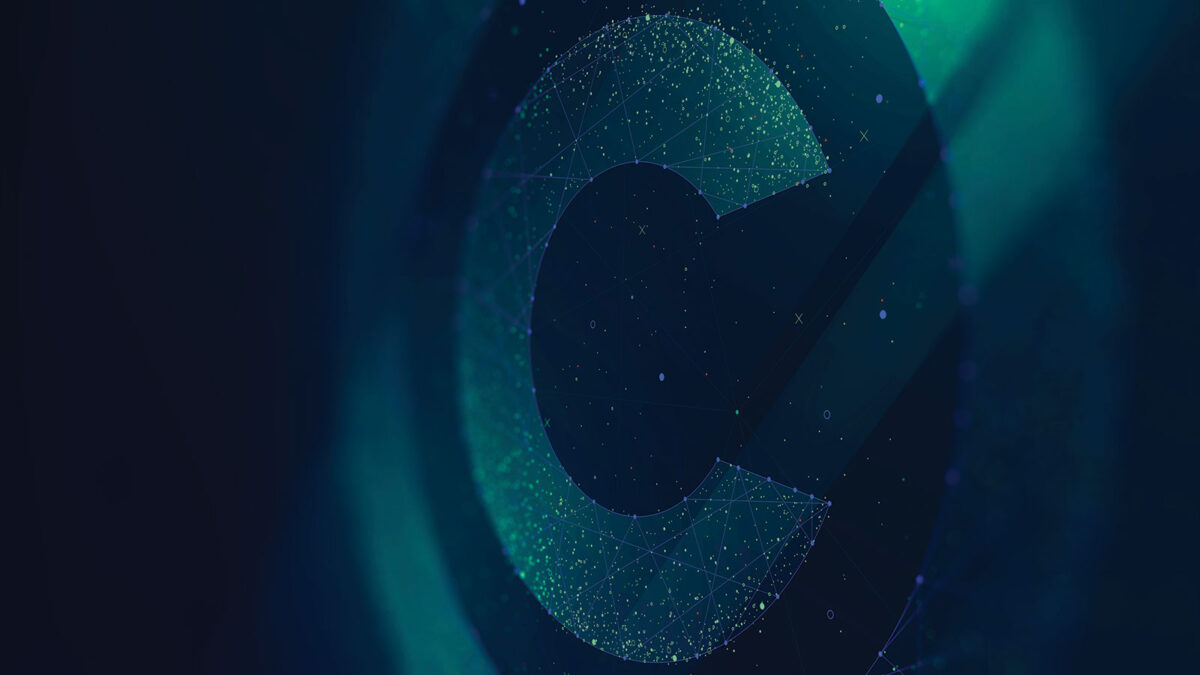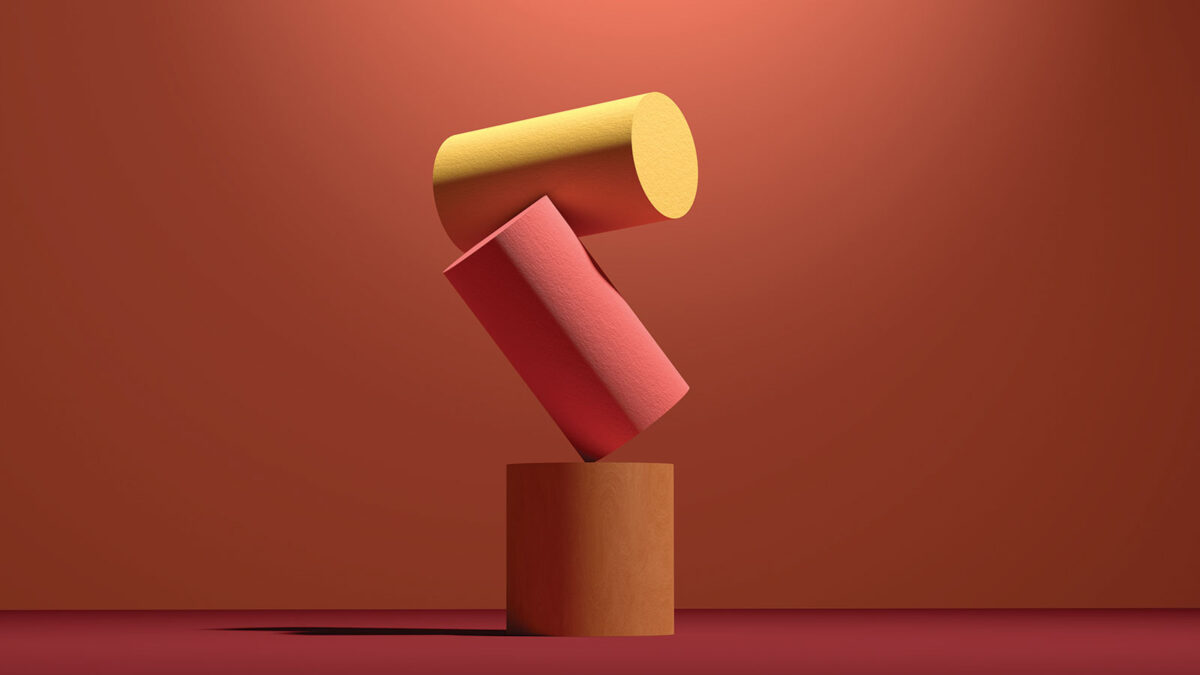
Adventures in the World of Patents, and the Education of a Lawyer
June 2023
Download This Article (.pdf)
After 25 years as a lawyer, I did not wake up one morning and decide to become a legal tech entrepreneur. Instead, challenges with document production in my small cases led me to look for a reasonable solution. When I couldn’t find an eDiscovery system designed for small firms like mine, I created my own. And once I had taken the plunge in starting a tech company, I found myself on the path to patent our system. What a long, strange trip it’s been.
Designing an eDiscovery Platform and Protecting That Design
In 2012, I represented a drug-discovery company in a garden-variety breach of contract case. When it came time to produce my client’s documents in discovery, I had around 1,900 emails (including several hundred attachments), along with maybe 100 loose electronic records. The mechanics of producing these ordinary records—which involved printing them (nearly 10,000 pages, filling several banker’s boxes), sticking Avery labels with Bates numbers on every page, reviewing them, then typing a privilege log and a spreadsheet index so I could find the documents later in the litigation—almost destroyed my practice. I simply didn’t have the resources to spend two weeks of my time and my paralegal’s time in document production.
A few years later, my computer-savvy son and I decided to design a solution. Our system would automate converting emails and attachments to PDF, adding Bates numbers, and storing the metadata from the documents (to, from, date, subject, etc.) into an index. When these steps were written into code over the summer of 2017, processing the 2,000 documents from my 2012 case would take less than an hour, instead of two weeks. We realized we could build a company from the prototype code. We partnered with an experienced software developer and launched Discovery Genie.
Soon we had added new features, like a predictive algorithm that can greatly speed up a privilege review (now known as The Predictor), a way to designate important evidence as “key” documents, and a system for adding notes as you review your documents. We realized we were creating an innovative new system for document production, and we decided it would be a good idea to look into patent protection for our system.
I Receive a Crash Course in Patent Law—and Become a Client for the First Time
I’m not a patent lawyer and didn’t even take a course in patents in law school, so the decision to apply for a patent threw me into two new worlds—the world of patents, and the world of being a client.
Even for a lawyer, the world of patents is technical and opaque. Embarking on the journey for a patent was an opportunity to see the legal world as a layperson. Below are the highlights of my education.
The essence of patent law is an exchange: you disclose your invention (one of many terrific words and phrases that have slipped into the English vernacular from patent law) in detail to allow others to understand and recreate your idea, and in return you receive the exclusive right to your invention for a long, but finite period of time. This way technology steadily advances, and people can learn from and build on previous inventions, while promoting and rewarding invention by granting a legal monopoly for about 20 years.
Disclosure means creating detailed, step-by-step drawings (or schematics) of your invention and a lengthy and painstaking description of exactly what your drawings show. This description allows someone skilled in that technical field to understand and reproduce your invention. Interestingly, our actual code was not part of the patent application—and code is generally protected, if at all, by copyright law. So for our team of three inventors—myself, my son, and our business partner—our job was to create detailed flowcharts of our system for our attorney, and to explain in fine detail exactly what our system does and how it does it.
I picked up some patent lingo. Your field of technology is called the “art.” If you’re developing drugs, you’re working in the pharmaceutical arts; if you invent new computer chips, you’re working in the electronic arts. The “state of the art” literally means the current array of technology in a particular art as it exists in this minute—that is, the most up-to-date, immediate version of technology in that space currently known to the public.
To receive a patent, your invention must contain some sort of “novel” element, and it must be “non-obvious.” Both novelty and obviousness are tricky topics in the patent world. If you go to the store formerly known as Radio Shack and buy electronic doodads and assemble them into a light saber, your light saber would be novel for patent purposes—even if every one of the components is already patented. However, innovations that are “obvious” are not patentable. The definition of “obvious” is technical, but if someone with “skill in the art” would find an invention obvious, then that’s a reason to deny a patent.
Working With a Lawyer as a Client
In essence, then, a successful patent application must (at a minimum): (1) contain a meticulous disclosure of how your invention works, and (2) demonstrate that it is novel and non-obvious.
Enter the patent attorney. We were fortunate enough to select Brad Knepper and Scott Weitzel of Sheridan Ross, who represented us through the entire process.
As I came to appreciate, a great patent prosecution attorney (this is the one who shepherds your patent through the US Patent and Trademark Office, not the one who litigates patent infringement cases) is a virtuoso in both these areas. They have the technical expertise in the technical art to describe and disclose your invention in fluent patentese. And they have the art of persuasion to overcome the USPTO’s default setting of denying virtually every application, at least initially.
Our lawyer took the flowcharts and diagrams that my partner and I created and had these redrawn in the style used by the USPTO. Most particularly, he drafted the painstaking description of our system, which discloses exactly what our system does, and differentiates it from the “prior art,” meaning previous related technologies. He used this information to prepare and file a “provisional” application in the fall of 2017, and an actual patent application about a year later, in the fall of 2018.
Our journey through the USPTO was arduous. After we submitted our filing, we heard nothing for months, until the examiner rejected our application in late 2019. When I made my despondent call to our lawyers to find out what had gone wrong, they reminded me that an initial rejection is pretty much standard operating procedure. They recommended modifications to the application and an amended filing to clarify and respond to the examiner’s concern.
We updated our filing and settled in to wait again. More months rolled by. And when we finally heard back in early 2021, it was more bad news. The examiner rejected our application again, even with the clarifications. Our lawyers advised this was not unusual, but this time with a little more caution. It seemed that our examiner had misunderstood one element of how our system worked, and incorrectly confused it with a related element of a previous patent. This meant that if we were going to prevail, we would need to convince a patent examiner to change his mind about one of his conclusions—something that humans are not hardwired to do.
Our lawyers recommended a different approach this time: filing an administrative appeal of the second denial, rather than revising and refiling the application. Our lawyers wrote a short brief, laying out the legal and factual arguments why our application should be accepted. The stakes were high—if our appeal was denied, then we would need to file a lawsuit in court to reverse the USPTO’s decision. So we filed our brief, and waited.
I Work on Becoming a Better Client
Throughout this process, I gained a new perspective on lawyers—from the client side of the table. Through the years I have represented all kinds of clients in a variety of contexts and have found that a “good” client finds a middle ground between managing the legal matter and deferring to the lawyer. In other words, the best clients are involved enough to understand the legal issues and make decisions about their own legal matter but seek and generally follow the professional advice of their lawyer. Difficult clients usually lean too far one way or the other—they either micromanage the matter and refuse to follow the lawyer’s advice, or they rely too much on the lawyer and let the lawyer make decisions that the client really should make.
Finding this balance from the client’s side of the table was harder than I expected—especially controlling my inner control freak. As noted, I have zero expertise in patents. This should have made it easy for me to defer to our lawyers’ expertise in all things related to patent prosecution. But instead, I found myself doing that thing I sometimes find annoying: asking too many questions and digging too deep into technical issues that the lawyer knows cold and should control but the client is unlikely ever to understand fully. This approach typically results in frustration for the lawyer and a large bill for the client. Realizing that the company would pay for excessive curiosity helped me rein myself in before I truly became that client, but it was a challenge. As a side benefit, however, it helped me understand the client’s perspective—namely, that clients are often operating from a sense of bewilderment and confusion, not from aggression. I hope my experience as a client opened the door to a greater appreciation for my clients.
Another excellent lawyer skill I saw from the other side of the table was managing client expectations. Our lawyers told us that the default setting for any new patent application is to deny the patent, at least initially. Hearing this in advance helped soothe my annoyance when our application was, in fact, rejected. Our lawyers also did a great job in delivering bad news (when our patent was rejected the second time) and developing a strategy going forward (filing an appeal instead of a revised application). Lawyers are problem solvers, and it was interesting and illuminating to see our lawyers handle difficulties that arose along the way. Their guidance and frank discussion of the risks and rewards of the various possibilities gave us confidence that we were choosing the best way forward, even if the outcome remained largely outside our control.
All’s Well That Ends Well
After enough time passed that I almost forgot about our pending application, we received a surprise announcement from the USPTO: our patent had been approved and would issue shortly. We were thrilled.
Our lawyers were equally delighted. I have been through arduous lawsuits and ended with verdicts in my clients’ favor, and I know that feeling from the lawyer’s side. In our post-mortem with our lawyers, I easily recognized the mixture of one part elation and three parts relief. In my new role as client, the feeling was a little different: maybe one part elation/relief and three parts gratitude and admiration.
It feels like a significant rite of passage to receive a patent, and a validation that our company is making real contributions—at least to the technology we developed, and hopefully even more to the legal professionals we serve. But the appreciation I gained for my colleagues who specialize in patent law is perhaps equally rewarding and a strong reminder of the enormous contributions lawyers make to their clients and our society.


